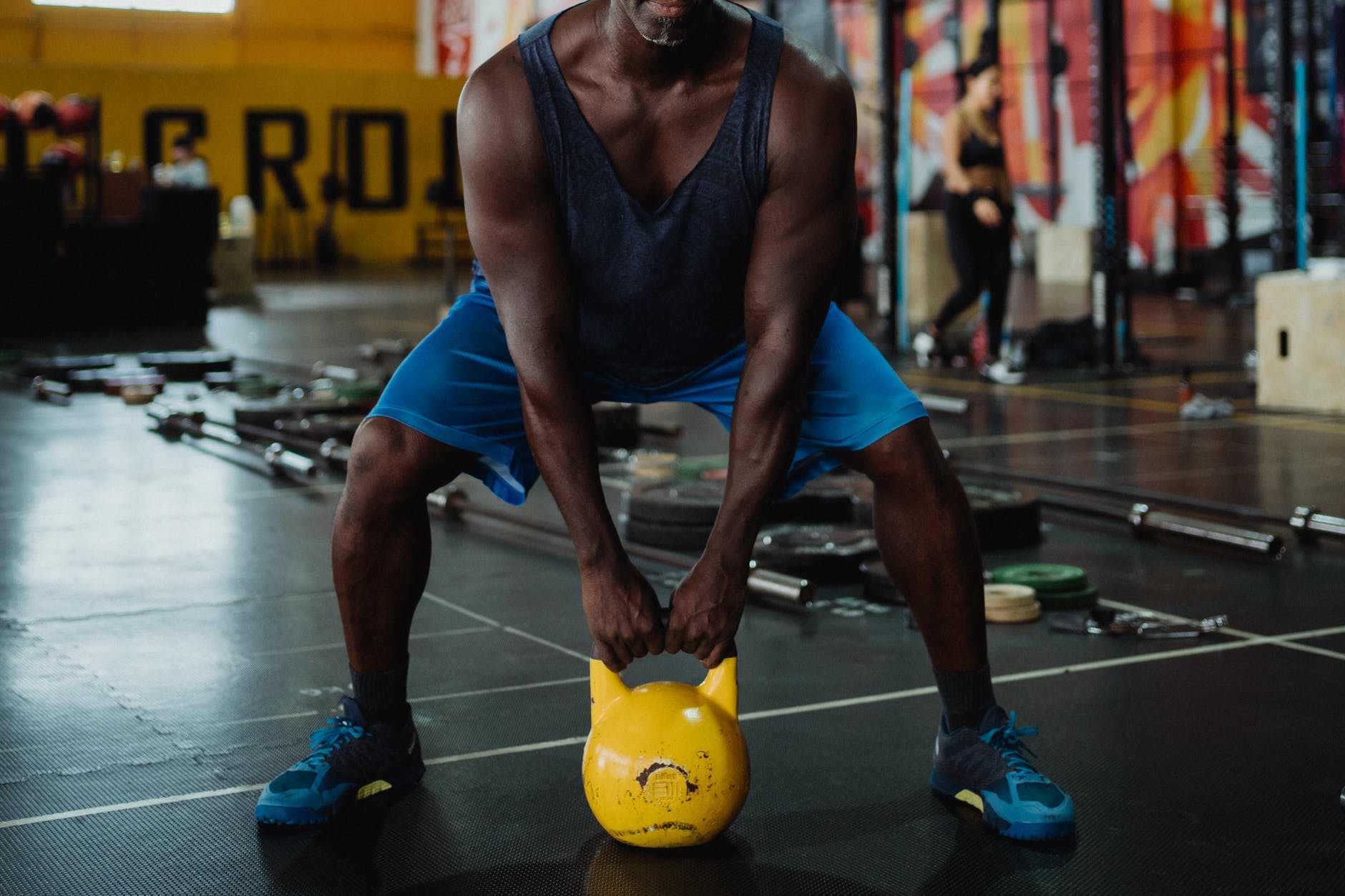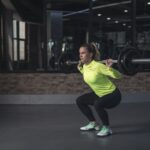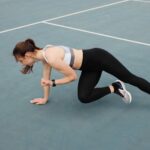Today I wanted to tell you about a variation of the traditional squats that I personally like a lot: the Zercher squats. This variant works the lower body to a large extent and is ideal as a variant of squats.
Why choose “Zercher” squats for fitness?
The name comes from Ed Zercher, a 1930s weightlifter who created this personal version of the squat that we all know about. He was born due to the lack of support from the traditional ones, so determined to do squats, he proposed this new alternative where the bar was placed above the arms.
How is it performed?
- First, place the bar on support or rack (mainly for safety) and adapt it to your height (the one in which the bar is above the waist and below the chest).
- Then, extending your arms forward (looking straight ahead) and bending your elbows, place the bar on the upper area of your forearms. Step away from the safety support and spread your legs until they are even with the width of your shoulders.
- Keep your head looking straight ahead at all times, keeping your back as straight as possible. Go down bending your knees until you form an angle slightly less than 90º. Finally, return to the starting position.
Who is this exercise recommended for?
- Working people.
- Professional wrestlers, since it generates a muscular activation similar to when the opposing wrestler stands up, reducing the axial load and lowering the center of mass, in turn increasing the demand on the posterior chain, the core in general, and the peak contraction of the hip extensors.
- People who suffer injuries to the elbows, wrists, shoulders, or back.
- People looking to vary their workouts.
- People who want to optimally work the glutes and hamstrings.
What are the drawbacks of this exercise?
The most contradictory thing about this exercise is that it can cause discomfort in the elbow joint (when supporting the bar). It is advisable to put a kind of paddings, such as a towel or the typical pad that is found in the squat rack, to avoid an injury to the biceps tendon.
To sum everything up
This exercise is recommended to vary the workouts, for athletes who cannot perform conventional squats due to some type of injury, etc., for professional fighters who want to improve, to improve the strength of the lower body (since we are talking about a basic exercise or multiarticular), to maintain a more vertical position and deepen when going down during its execution and to avoid injuries (they are somewhat less harmful than conventional or frontal ones).
Conclusion
I’m not talking about this exercise being better than the regular squat, nor that it’s much less risky. It is simply a variant with certain resources and benefits compared to the others, and interesting to vary the routine.


